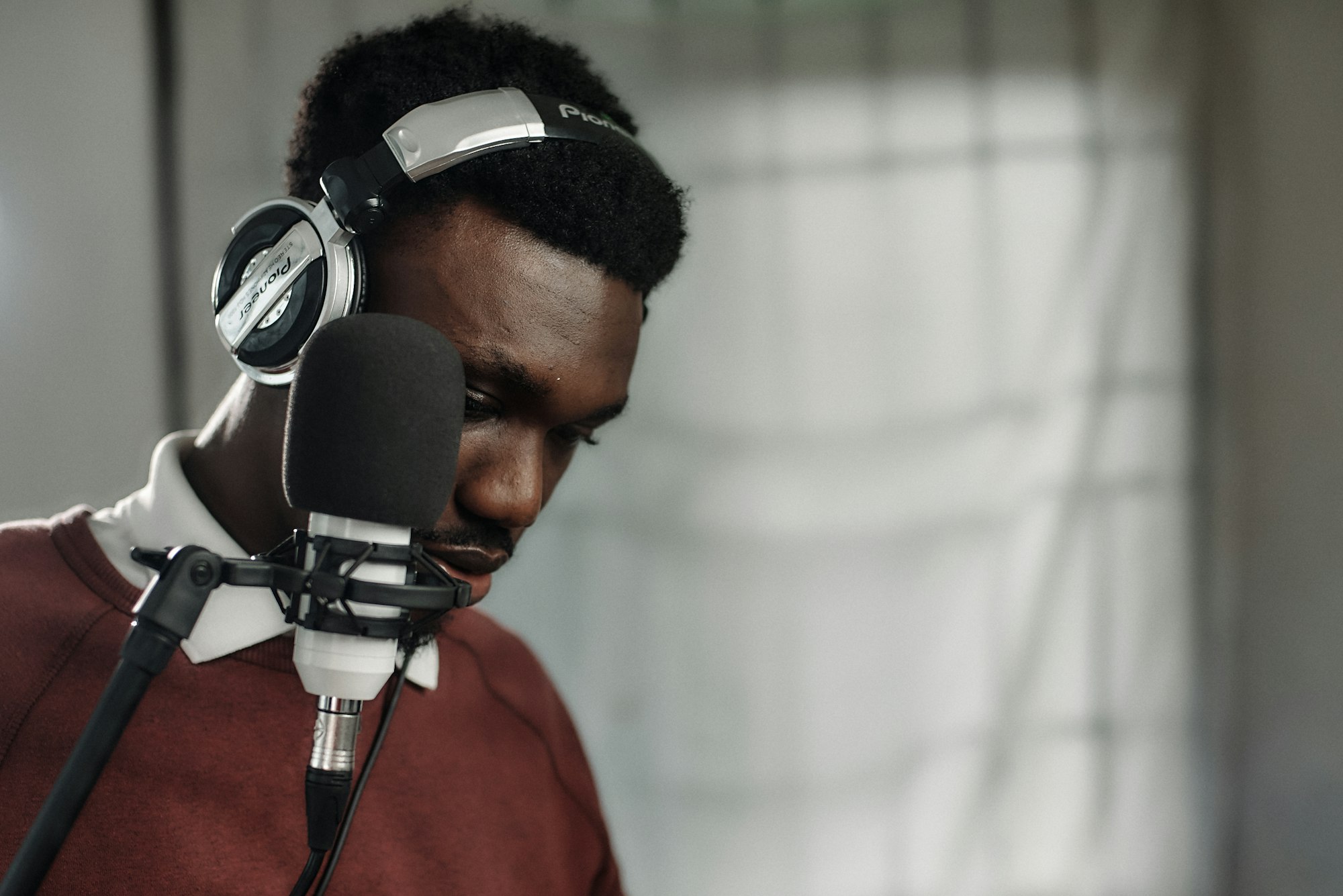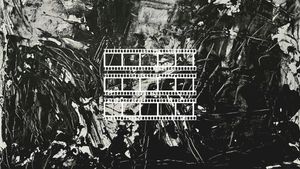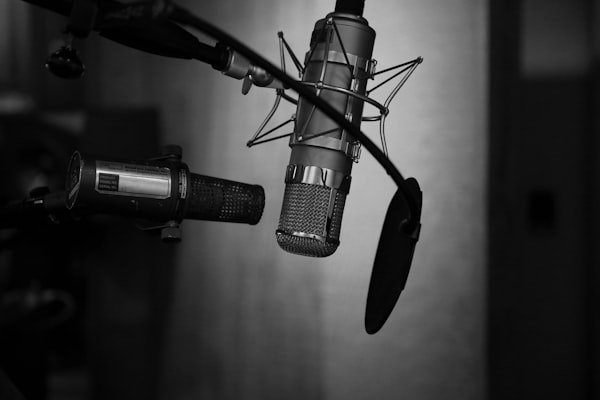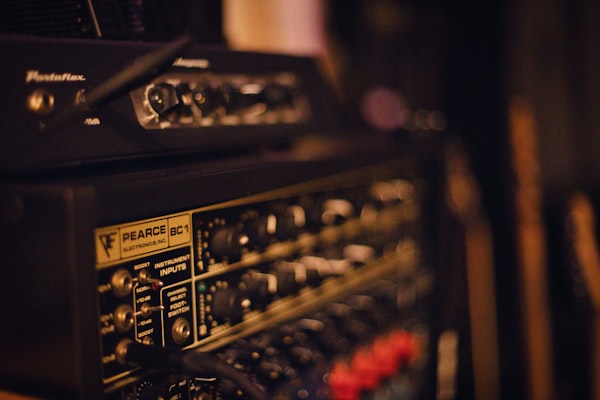While the term ‘noise gate’ might sound confusing, it actually refers to an important piece of technology used within live musical recording, music production and performance, serving many purposes to both the musicians themselves, and the overall outcome of the music.
But what exactly is a noise gate, and how is it used within music?
What Does A ‘Noise Gate’ Refer To?
Within music production, a ‘noise gate’ is a piece of equipment used to control the volume of an audio signal.
This could be either a piece of physical electronic equipment, or it could be a computer application or software package designed to serve the same purpose.
While some pieces of equipment, like a compressor, are designed to curb sound above a certain threshold, a noise gate works in the opposite way – eliminating sound that falls below a specific point, and thus limiting distortion and unwanted noise that might otherwise affect the overall sound quality of a performance or recording.
When Is A Noise Gate Used?
While it is possible to use them during a performance, depending on the genre of music and the instruments used, noise gates are generally used as part of the recording process – helping to create clear, crisp sounds free of unwanted distortion.
Practical Uses For Noise Gating
When recording to vinyl, there are rumbles made when the needle tracks through the grooves.
Similarly, when recording to tape, there can be a hissing sound as the tape passes between the two reels during recording – or indeed when listening to music on those respective formats.
I use a noise gate when I record my podcast, The Trailer Music Composer’s Podcast.
I do this to make sure that in the gaps between the words you cannot hear the background noise of my house. You know, my kids playing, washing machine running, or even my cat Stewie meowing at my door.
How Do Noise Gates Work?
Within music, sound is separated into different frequencies – which in digital sound engineering can be represented as distinct, separated bars of sound on a monitor.
This takes things like the vocals, as well as any instruments featured, and separates them based on their volume and range.
In a sense, noise gates exploit the fact that sound operates on different frequencies to eliminate sound that falls between a certain lower limit in decibals.
During Recording
Say for example you are recording some vocals in your bedroom.
While you (or the singer) is singing, any excess background noises cannot be heard due to the overpowering frequency and volume of the vocals.
However, during pauses, interludes, or after the singing stops, you can clearly hear bumping and muffled voices coming from next door.
Obviously, this is not something most vocalists will want to hear on their otherwise pristine track, which is where the noise gate comes into play.
By taking the first flawed vocal track, you can isolate the unwanted sounds, pinpointing the lower and upper threshold for it, and using the noise gate to eliminate all sounds in that selected frequency range.
I use this when I am recording cello for my thriller trailer music.
When To Use Noise Gating
Of course, the best time to use the noise gate depends greatly on which vocal type or instrument is being used – as each can accrue different frequencies of interference and background noise.
Vocals
Starting with vocals, these usually require a combination of different pieces of equipment in order to ensure each end of the vocal spectrum is not only secured, but protected from being clipped by the noise gate.
This generally requires an EQ, compressor, and some sort of gentle modulation processing, ensuring that only the best vocals come through, and all the unwanted background noise remains out of earshot.
Guitar
When working with a guitar, particularly on music that relies on distortion, you will need to begin the recording process with the noise gate in play.
This is because distorted settings are designed to pick up any finger or string movement, which is good for achieving the desired effect, but often overpowering when it comes to capturing a clear through sound.
To create a slight sense of deliberate distortion, but to ultimately maintain the perception of clean, pristine sound, you will need to filter out these screeches and fumbling sounds, ensuring there is only the level of distortion you were hoping for.
Drums
Of course, the nature of drums make them notorious for picking up unwanted background noise – after all, they are designed to echo and magnify sound.
When playing and recording with a full band, the drums can pick up the vibrations from the other instruments – not to mention any movement in the recording space.
For this reason you should take a similar approach to the guitars – that is, having the noise gate presence from the very beginning of the drum signals, thus eliminating the excess noise that could otherwise ruin the overall track.
Tips & Tricks To Remember
Now that you know a little about how the noise gate works, there are some tips and tricks that will save time and effort when it comes to using it.
Remove Noise Manually
The best way to remove unwanted sounds from your recordings is to manually go through and delete the files yourself. This is especially effective with large chunks of ”silence”.
This means that the noise gate doesn’t have to work as hard, and can save you from computer crashes or program failure. It also instills good working practice in the engineer, and will make them rely less on technology.
Less Is More
As with most things, less is usually better. The same can be said for music production, which often sounds much better when less modulated and enhanced.
Don’t rely on the noise gate for every little thing, and remember, the best tracks come from meticulous recording conditions – not post production effects.
Final Thoughts
And there we have it, everything you need to know about noise gates, and their uses within the music industry.
Excess noise or distortion can be the bane of the recording artist (and sound engineer), but with relatively simple pieces of equipment, you can achieve studio quality performances from the comfort of your own bedroom – all without the worry of next door’s blaring television, or the dog howling across the street.








Member discussion